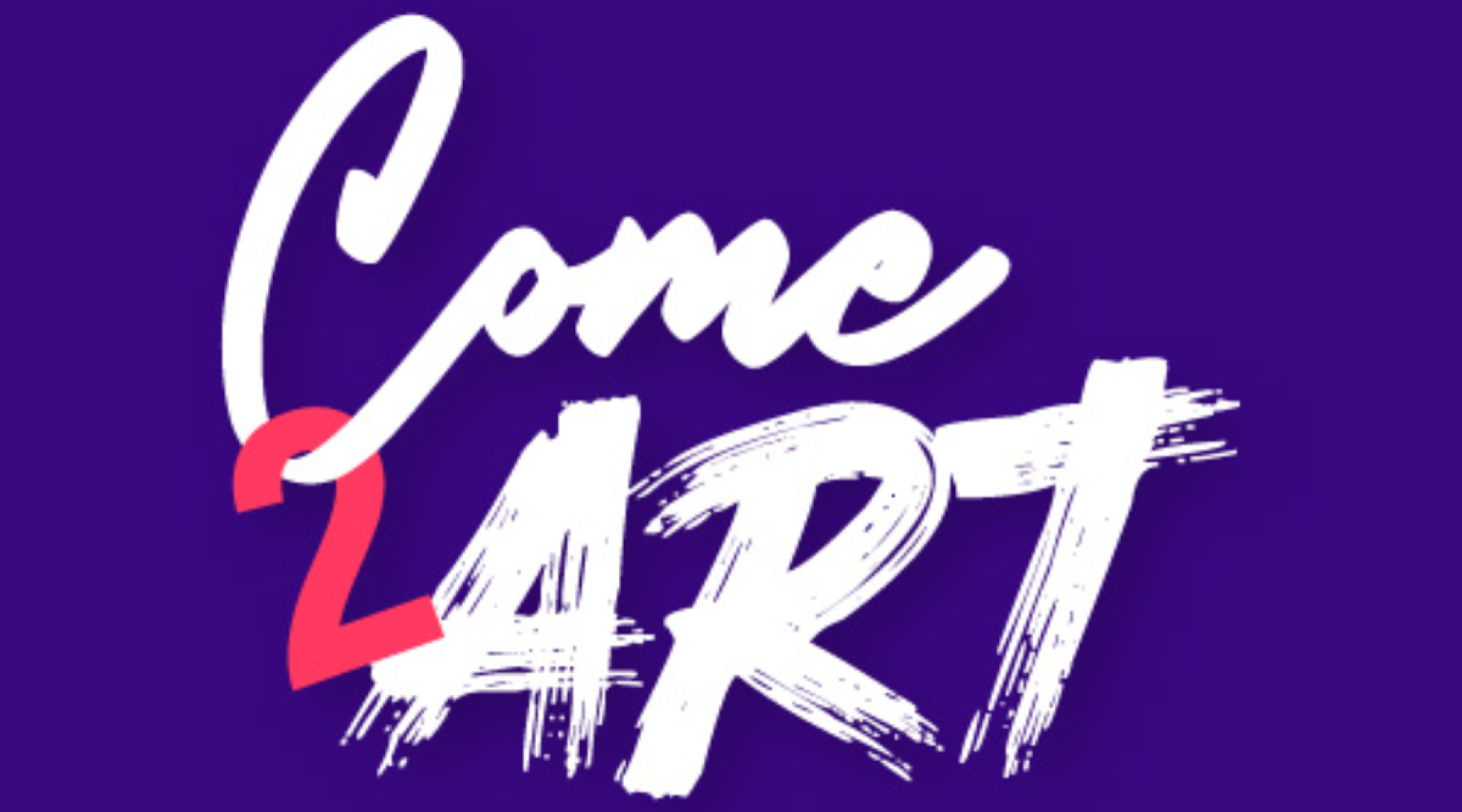Each artist chose the training module that he deemed most suitable for his sensibility and his practices, and following the course in Brussels he made it his own (apart from the artists Ahad Moslemi and Alice Mestriner who decided to work together to carry out of two modules). The five training modules were administered to the trainees in 5 consecutive weeks. Overall, 25 participants took part in the group and most of the trainees were young women. Twelve of them were in vulnerable conditions such as: students from low-income families, first-generation immigrants and young women looking for work. In general, the average age under 35 classifies the entire group as “fragile” in this specific territory.
It is challenging to be able to convince people to participate in a series of meetings concerning relational art, because it’s a medium not that common. Many of the trainees reported that they understood the power of the whole experience at the end of the path. The challenges also concerned the theme of contemporary art in its performative aspect (which requires physical presence more than ever) to a group of people who were not used, in their daily life, to take advantage of physical and emotional expressiveness. Some were initially taken aback by these requests but slowly they were able to get out of their “comfort zone” and defined their participation as “liberatory”. Each mini-artistic project was related to one of the modules. In particular:
The first module, “Creativity in place” with Alice Mestriner and Ahad Moslemi was about re-working on the memory of the place. In this module the artists asked the participants to write and share a memory related to their experience in the area. Afterwards the participants, translated the recounted memories into gestures to each other. This mini-artistic project was connected to the creation of a final performance which took place in the last meeting (module 5).
The second module, “Art in time of crisis” with Elena Tortia was about re-writing the history related to the Basovizza Foiba Monument. The module began with the intervention of the historian Federico Tenca Montini, who historically contextualized the monument of the foiba of Basovizza. Subsequently an experiential walk took place, through which the participants were able to gather impressions. The fulcrum of the walk was the dialogue relating to the word initially assigned by the artist to each participant. In this way the place was brought back to life through the voice and reflections of each participant. Furthermore, audio recordings have been obtained. Participants were able to physically relate to the place, with the history it represents, and return a recorded trace through the support of sheets of paper. These sheets constituted a contemporary reworking of the monument and will be exhibited in a final event.
The third module, “Collaborating within artistic projects” with Valentina Sciarra was about having a dialogue with public monuments. In this module the artist asked the participants to walk and observe monuments of the city of Gorizia, a border city renown for its war importance. Then, the participants were asked to try some creative writing exercises on the basis of the feeling given by the monument’s captions and writings, in order to stimulate the transformation of the epigraphs of each monument through the practice of anagrams and calligrams. These creative processes were collected by the artist and will be displayed in the final event.
The fourth module, “Digital tool for creative expressions” with Pamela Diamante was about conceiving and creating an act which includes body movements and the use of the voice. In this module the participants were asked to fill in a questionnaire about their life experiences. Afterwards, a short individual training on body expression and original text production took place with the aim to do body exercises and connect with each other. Through this act, all the experiences brought together, and the participants became authors and actors. The interaction between the participants and the public place (Palazzo Torriani and Palazzo Monte di Pietà, in the Gradisca d’Isonzo municipality) was the highlight of this module.
The fifth module, “Let’s make public art” with Alice Mestriner and Ahad Moslemi was about to prepare the participants, individually and as a group, to choose a public place and perform in it. In particular, the group selected the “Bombi Gallery”, a long tunnel connecting Italy and Slovenia. There, the participants carried out their performative public art intervention. Each memory has become an action in the framework of a collective and gestural performative frame. After some rehearsals, the group made this research public by staging it in the selected place and thanks to the involvement of a videomaker it was possible to record it.

